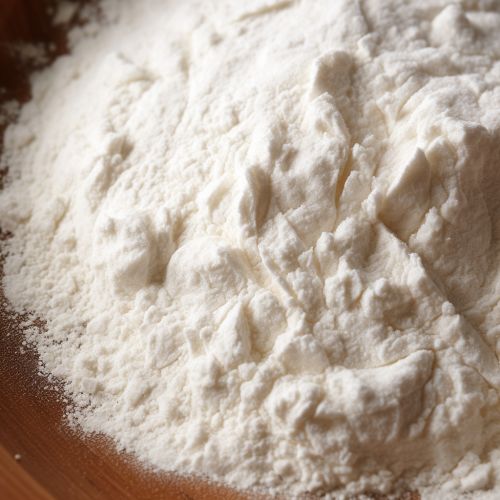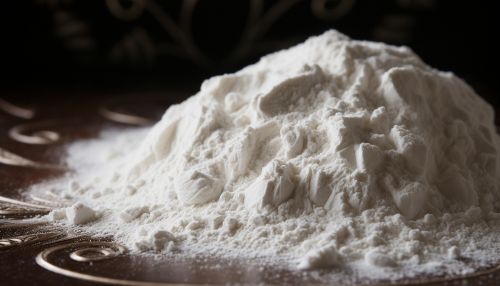Chitosan
Introduction
Chitosan is a linear Polysaccharide composed of randomly distributed β-(1→4)-linked D-glucosamine (deacetylated unit) and N-acetyl-D-glucosamine (acetylated unit). It is derived primarily from the shells of crustaceans like shrimp and crabs.


Structure and Properties
Chitosan is a copolymer of glucosamine and N-acetylglucosamine. It is a semi-crystalline polymer with a high degree of deacetylation. The degree of deacetylation, or the percentage of glucosamine units in the polymer, can vary from 60% to 100%. The degree of deacetylation influences the physical and chemical properties of chitosan, including its solubility, crystallinity, and reactivity.
Production
Chitosan is produced commercially by deacetylation of Chitin, which is the structural element in the exoskeleton of crustaceans (such as crabs and shrimp) and cell walls of fungi. The deacetylation process involves treating chitin with an alkali, typically sodium hydroxide, at high temperatures.
Applications
Chitosan has a wide range of applications due to its unique properties such as biocompatibility, biodegradability, and ability to form films. It is used in various fields including biomedicine, agriculture, and water treatment.
Biomedical Applications
In biomedicine, chitosan is used in drug delivery systems due to its biocompatibility and biodegradability. It is also used in tissue engineering for the production of scaffolds. Furthermore, chitosan has been explored for its potential use in wound healing due to its hemostatic (blood-clotting) properties.
Agricultural Applications
In agriculture, chitosan is used as a natural biopesticide. It helps plants to fight off fungal infections. Moreover, chitosan can enhance the ability of plants to withstand drought conditions by improving water retention in soils.
Water Treatment
Chitosan is used in water treatment as a natural flocculant. It can bind to impurities in the water, causing them to clump together and settle out of the water, making it easier to remove these impurities.
Environmental Impact and Safety
Chitosan is considered to be environmentally friendly due to its biodegradability. It breaks down in the environment into harmless products. In terms of safety, chitosan is generally considered safe for use in food and medical applications. However, people with shellfish allergies may react to chitosan.
Future Perspectives
Research on chitosan is ongoing, with new potential applications being explored. For example, chitosan is being studied for its potential use in nanotechnology. The development of chitosan nanoparticles could open up new possibilities in drug delivery and tissue engineering.
